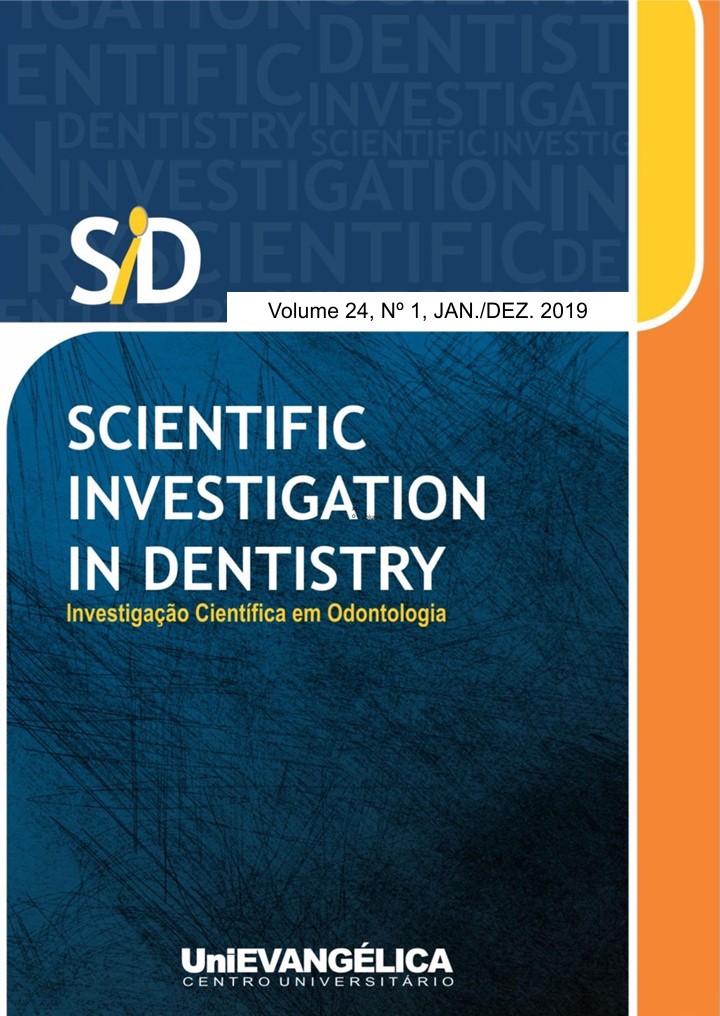Conservative treatment of intraoral ranula in child: a case report.
Um relato de caso
DOI:
https://doi.org/10.37951/2317-2835.2019v24i1.p47-52Abstract
Introduction: The ranula is cystic lesion located on the floor of the mouth, due to the extravasation of mucus
from the sublingual and submandibular glands. The lesion is floating and varies in color from bluish to pink,
and it is considered as a variation of mucocele. The main causes leading to ranula are traumas and
obstruction of salivary ducts. It can be painless, may present spontaneous remission and its treatment may
be conservative or not, although aggressive treatment, as the excision of the lesion and the affected gland,
are described. Aim: to report a case of intraoral rannula in a ten-year-old patient successfully treated with
marsupialization. Case report: Female patient, ten-years-old, attended the office with a complaint of "lump
under the tongue". The respondent reported the appearance of a bubble on the floor of the mouth,
asymptomatic, with a month of evolution. A history of tongue cancer in the family (uncle) has been reported.
At the clinical examination, a lesion of approximately 1.0 x 2.0 cm, with a translucent appearance, of floating
consistency located on the left side of the posterior mouth was observed. The diagnostic hypothesis was
that of a cannula because of duct obstruction, and a conservative approach was proposed, through the use
of sialogogues, increased water intake and massage of the affected gland, in order to reduce the lesion.
However, surgical treatment was needed. Final Considerations: The marsupialization should be taken into
account, as it is less invasive and allows the patient a better quality of life.
Key-words: ranula; mucocele; salivary glands.
Downloads
Published
Issue
Section
License
Declaro que o trabalho de minha autoria foi submetido apenas para este periódico e por isto, não sendo simultaneamente avaliado para publicação em outra revista. Nós autores, acima citados, assumimos a responsabilidade pelo conteúdo do trabalho submetido e confirmar que o trabalho apresentado, incluindo imagens, é original. Concordamos em conceder os direitos autorais ao periódico Scientific Investigation in Dentistry.

